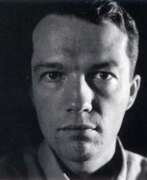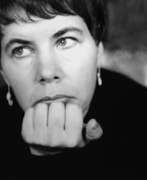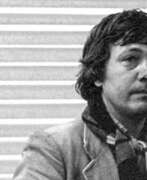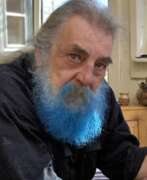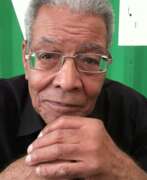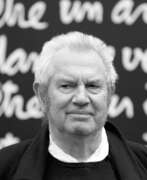Contemporary art Fluxus
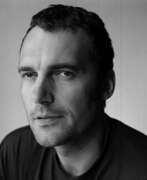

Volker Via Lewandowsky is a German artist who works with installation, sculpture, object art, photography, performance, painting and drawing.
Via Lewandowsky works in diverse artistic media. He is most familiar for his sculptural-installation works and exhibition scenographies with architectonic influences.
His preference for tragicomedy, absurdity and paradox as well as the Sisyphean drama of continuous repetition and futility of action link Via Lewandowsky's art with Dadaism, Surrealism and Fluxus.
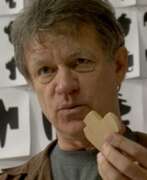

Allan McCollum is a contemporary American artist who lives and works in New York City. In 1975, his work was included in the Whitney Biennial, and he moved to New York City the same year. In the late 1970s he became especially well known for his series, Surrogate Paintings.
He has spent over fifty years exploring how objects achieve public and personal meaning in a world caught up in the contradictions made between unique handmade artworks and objects of mass production, and in the early 1990s, he began focusing most on collaborations with small regional communities and historical society museums in different parts of the world. His first solo exhibition was in 1970 and his first New York showing was in a group exhibition at the Sidney Janis Gallery in 1972.
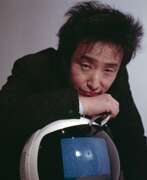

Nam June Paik (Korean: 백남준) was a Korean American artist. He worked with a variety of media and is considered to be the founder of video art. He is credited with the first use (1974) of the term "electronic super highway" to describe the future of telecommunications.
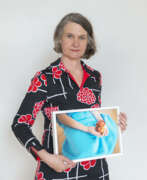

Judith Samen is a German photographic artist.
She studied at art academies in Münster and Düsseldorf and her works include photography, spatial installations, drawings, videos and performances.
Judith Samen's art moves between staging and the authenticity of human existence. Her work involves corporeality, food and elements of art history and everyday life. She formulates works between poetry and radicalism in her search for unseen and moving pictorial creations. She combines vulnerability and humor, transience and deep physical awareness with tragedy and comedy, in the process expanding the familiar into the absurd.
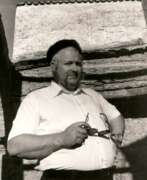

Wolf Vostell was a German artist who is considered a pioneer of video and installation art, and a key figure in the Fluxus movement. He studied at the Academy of Fine Arts in Wuppertal and later at the École Nationale Supérieure des Beaux-Arts in Paris.
Vostell's art was heavily influenced by the horrors of World War II, and he often incorporated themes of violence and destruction in his work. He was interested in exploring the relationship between art and technology, and he experimented with new media such as television, video, and sound.
One of Vostell's most famous works is "Concrete Traffic," a 1970 installation in which he placed a Cadillac in a block of concrete. The piece was intended to comment on the impact of automobile culture on society and the environment.
Another notable work is "TV-Burying," a performance piece in which Vostell buried a television set in the ground, with only the screen visible. The work was a commentary on the pervasive influence of television on modern life.
Vostell's work has been exhibited extensively around the world, including at the Museum of Modern Art in New York, the Venice Biennale, and the Centre Georges Pompidou in Paris.
